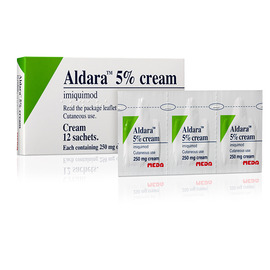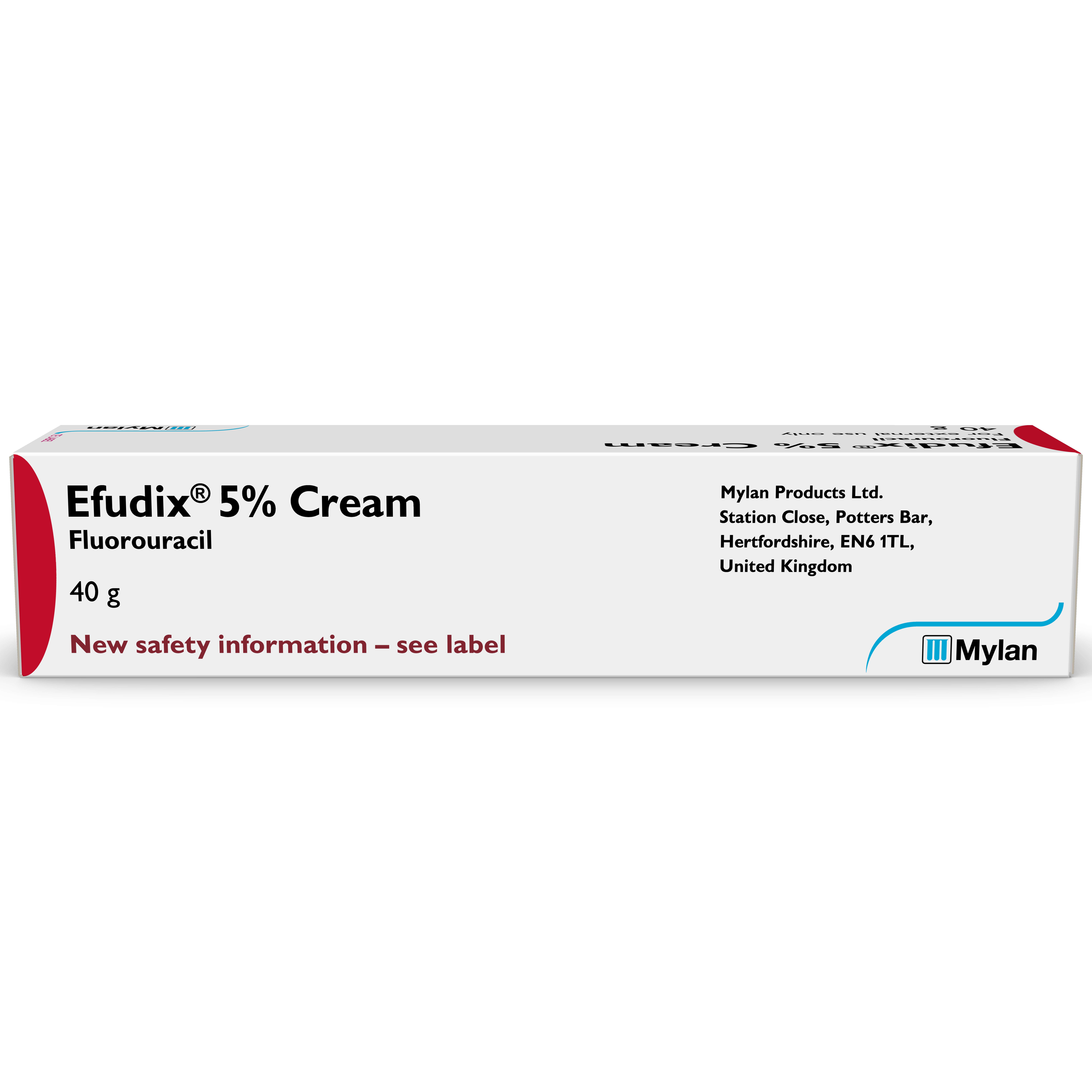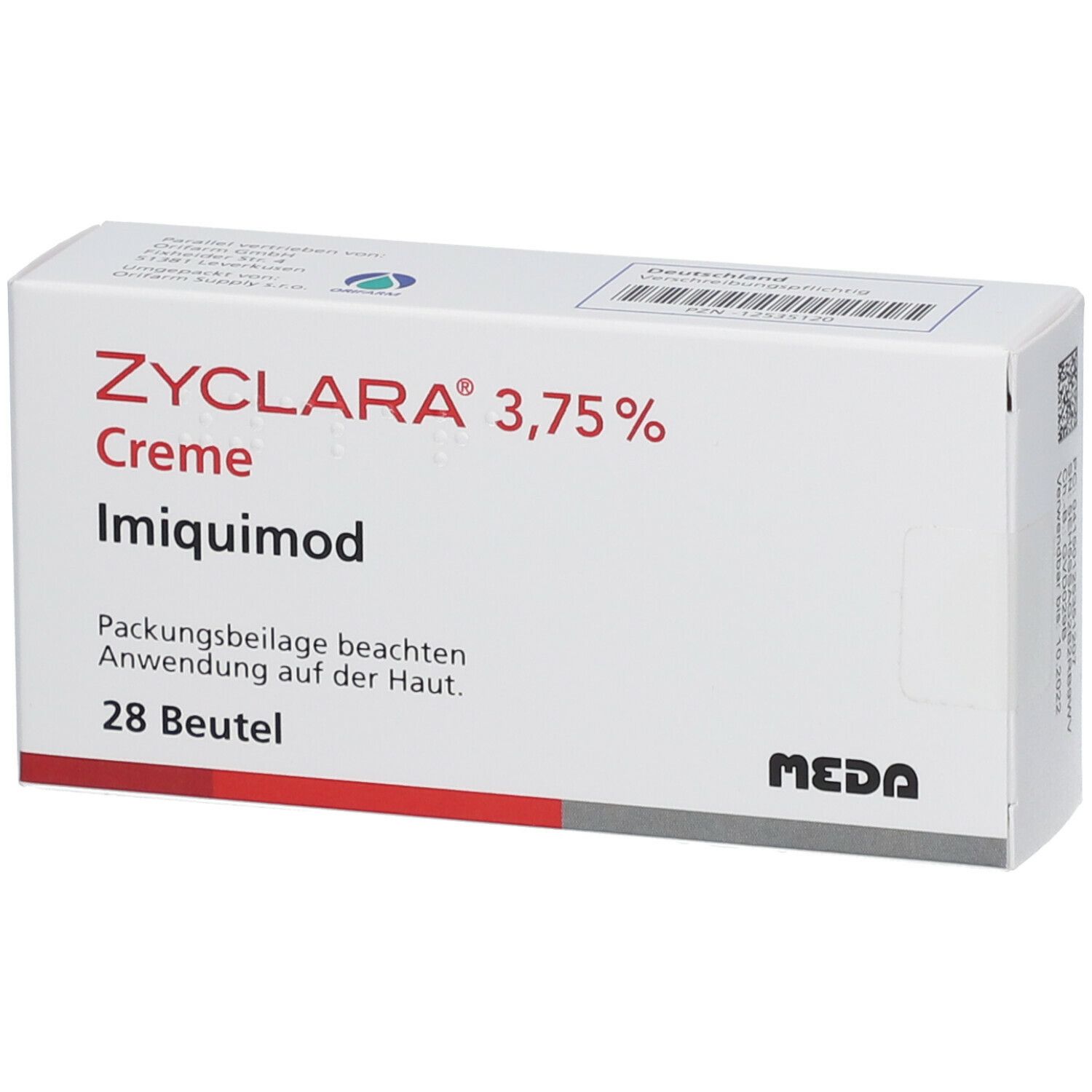Actikerall 5mg/g + 100mg/g Cutaneous Solution
A cutaneous solution containing 5 mg of fluorouracil and 100 mg of salicylic acid per 1g of solution.

The professional's guide to product selection
A cutaneous solution containing 5 mg of fluorouracil and 100 mg of salicylic acid per 1g of solution.
After topical application of 5-aminolevulinic acid, protoporphyrin IX (PPIX) accumulates intracellularly in the treated actinic keratosis lesions. The intracellular PPIX is a photoactive, fluorescing compound and, upon light activation in the presence of oxygen, singlet oxygen is formed which causes damage to cellular compartments of the light-exposed target cells, in particular the mitochondria.

Cream containing 5% imiquimod, an immune response modifier that is effective against viral infections and acts as an anti-tumour agent, principally by induction of alpha interferon and other cytokines.

Topical cytostatic cream preparation with 5% fluorouracil that exerts a beneficial therapeutic effect on neoplastic and pre-neoplastic skin lesions without damaging normal skin. The pattern of response follows this sequence: erythema, vesiculation, erosion, ulceration, necrosis and epithelialisation.
An ointment for actinic keratosis containing 10mg/g tirbanibulin, applied daily over a 5-day course.
After topical application of Metvix (methyl aminolevulinate), porphyrins accumulate intracellularly in the treated skin lesions. The intracellular porphyrins (including PplX) are photoactive, fluorescing compounds and, on light activation in the presence of oxygen, singlet oxygen is formed, which causes damage to cellular compartments, in particular the mitochondria. Light activation of accumulated porphyrins leads to a photochemical reaction and thereby phototoxicity to the light-exposed target cells

Cream with 3.75% imiquimod, is an immune response modifier that is the lead compound of the imidazoline family.